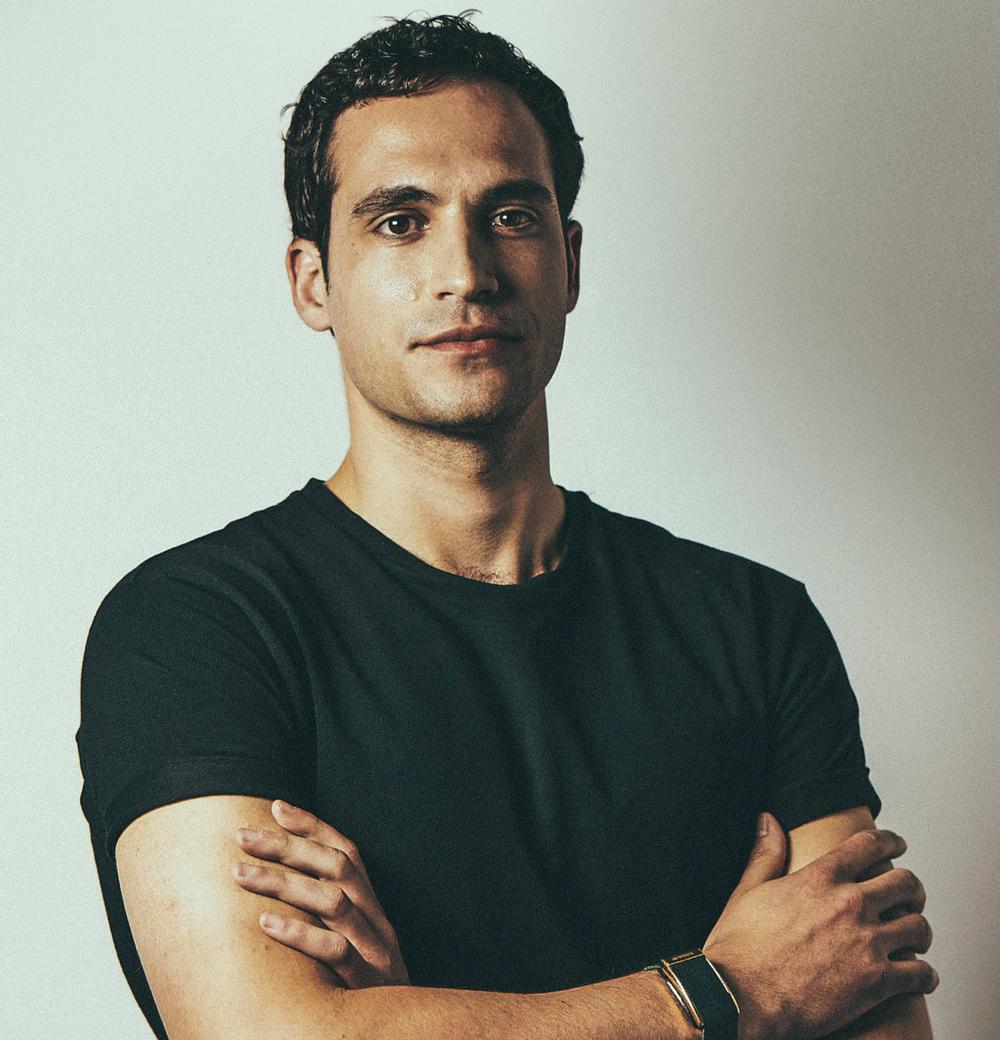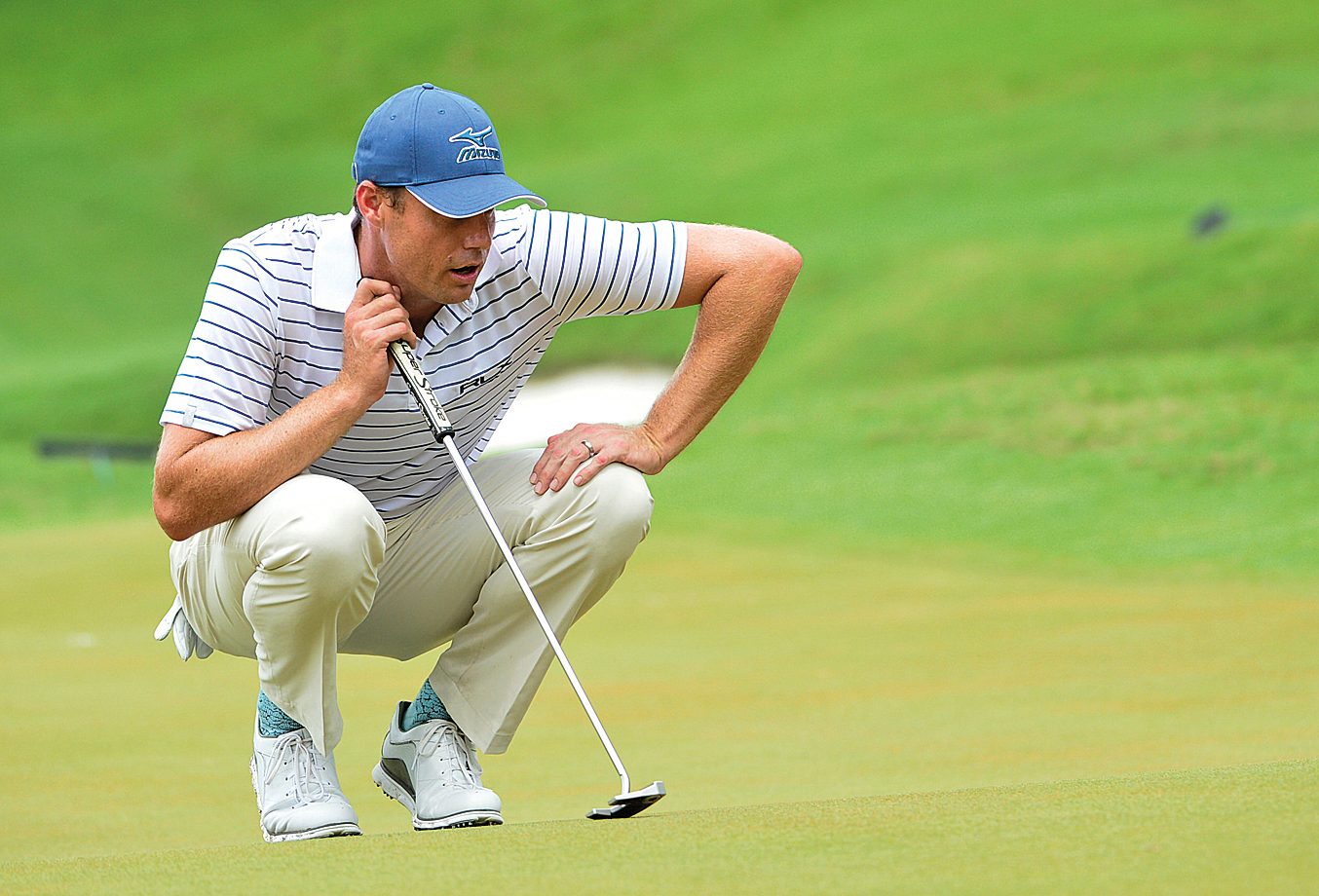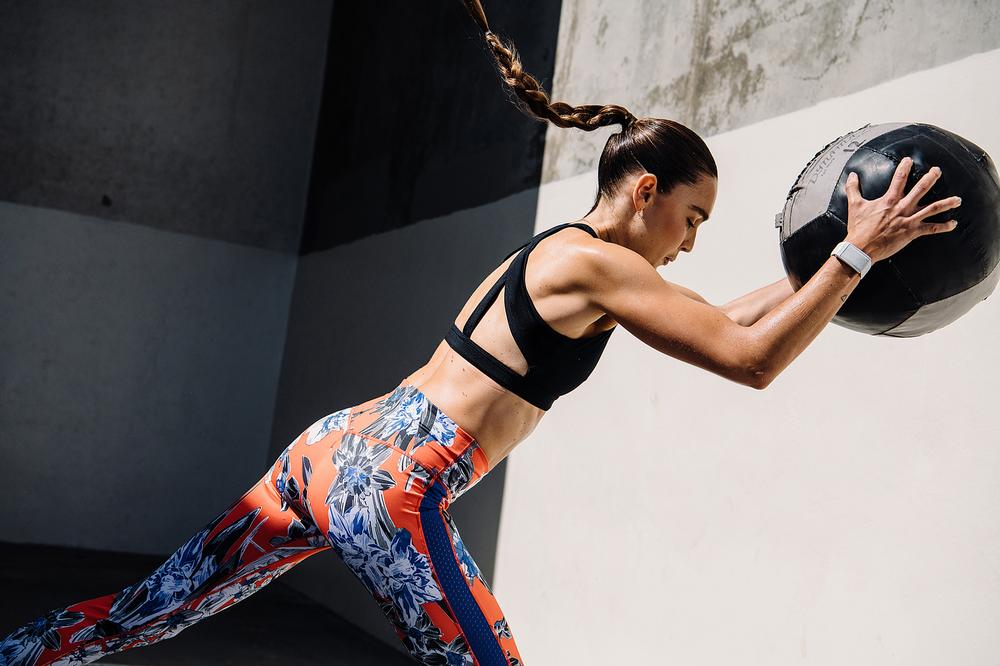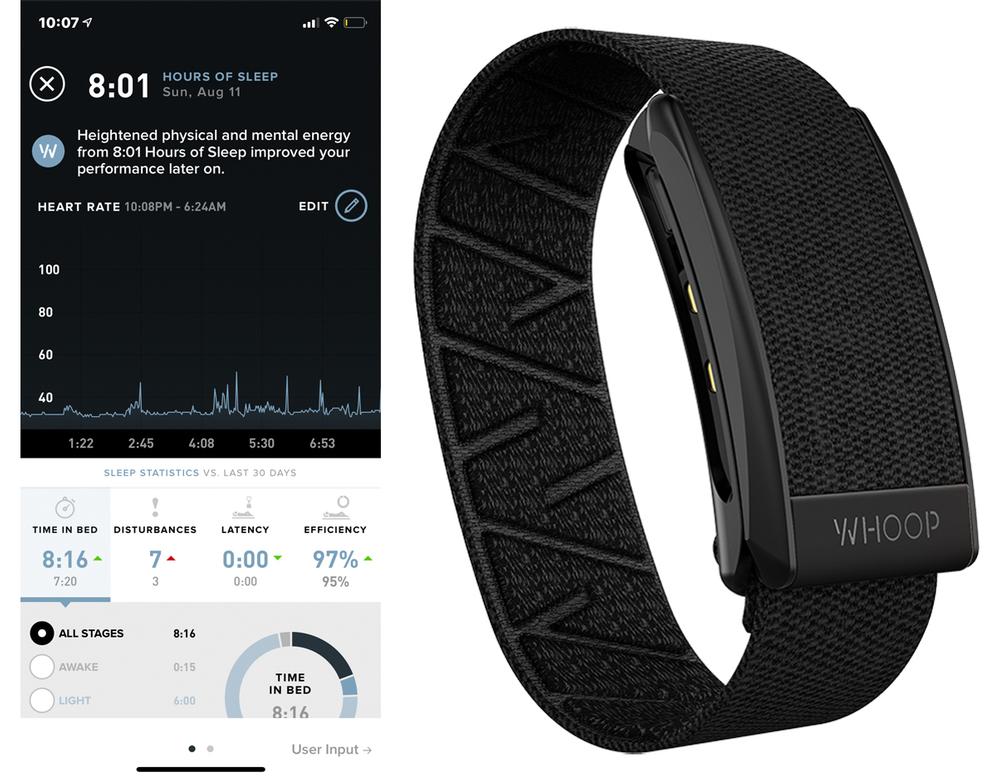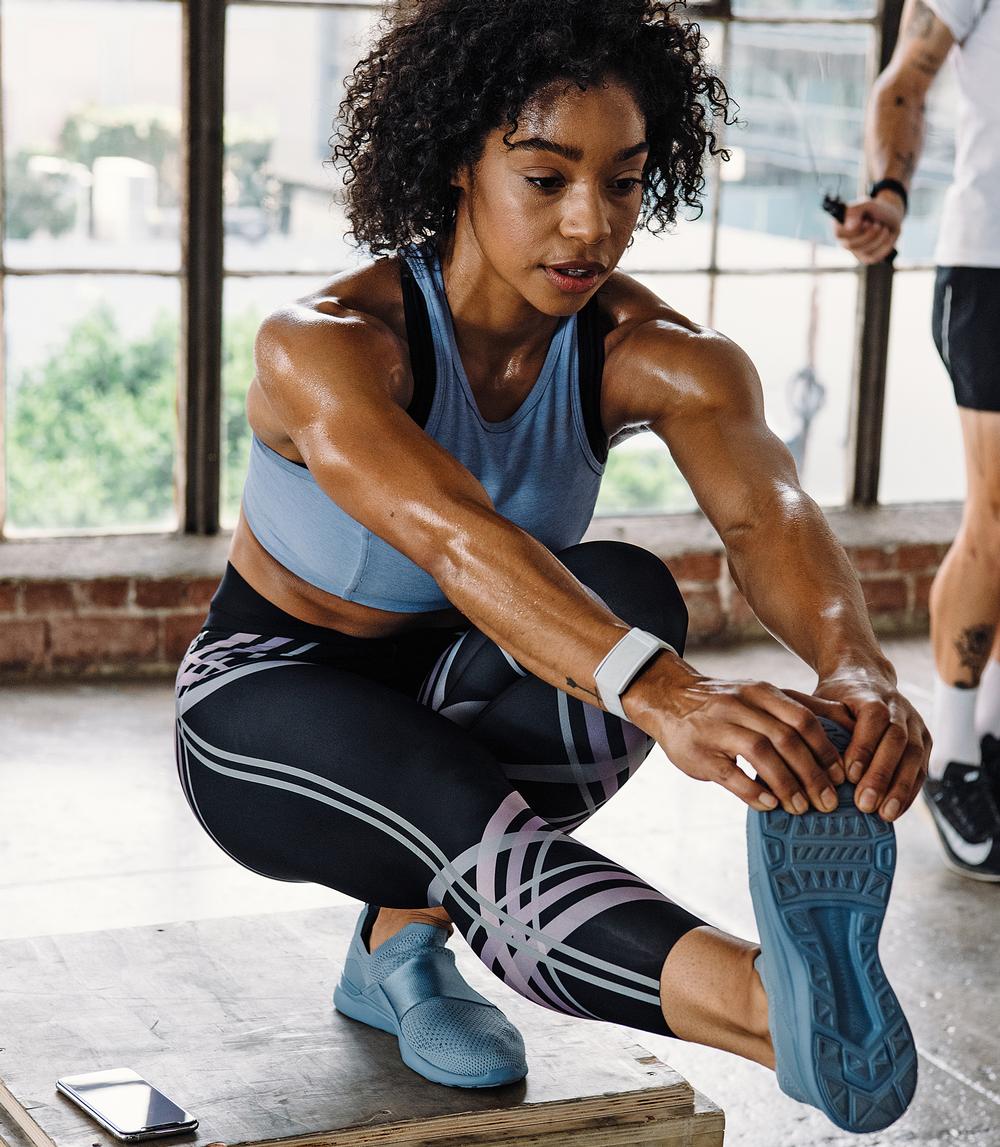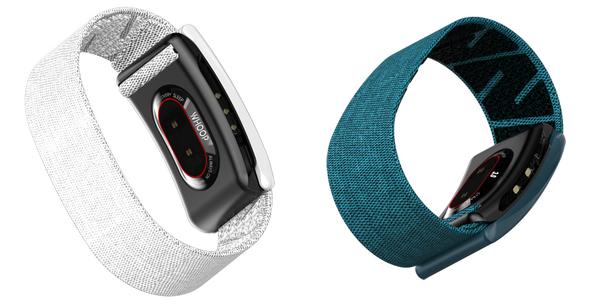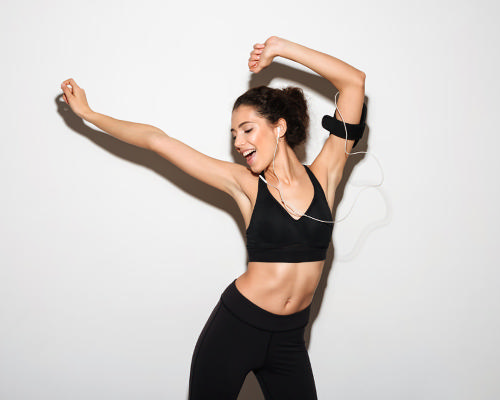Where did the idea come from?
I was captain of the Men’s Varsity Squash Team at Harvard and was amazed by how little I knew about my body – I would over-train, misinterpret fitness peaks, underestimate sleep, and inevitably I got injured.
I became inspired by a simple idea: humans, especially athletes, could optimise their daily performance through a systematic approach to understanding the body.
At Harvard, I read over 300 medical papers and met with cardiologists and physiologists. I started to learn about preventing injury – even sickness – and how to unlock human potential.
In 2012, I partnered with co-founders, John Capodilupo, who was studying maths and statistics at Harvard before dropping out to found Whoop, and Aurelian Nicolae, a graduate from Harvard with a gift for mechanical prototyping and engineering, and we worked to bring that idea to life.
How did you realise the vision?
The process for creating Whoop started with a lot of research and, in particular, a deep examination of my own life as someone who over-trained as an athlete and didn’t understand this idea of balance, sleep and recovery as important mechanisms for improvement.
I did a lot of physiology research while I was at Harvard and wrote a paper on how to continuously understand the human body. I also took a class at MIT’s business school to help develop a business plan and from there I found a team, co-founders, and it took off.
Tell us more about Whoop
Whoop is a next generation 24/7 fitness monitor and sleep tracker, which provides members with personalised feedback and actionable insights to optimise overall performance, fitness, recovery and sleep.
The waterproof device can be worn around the wrist, forearm or bicep and accurately measures key biometric data like heart rate variability, resting heart rate, cardiovascular load or strain, sleep staging and performance, and respiratory rate.
Whoop includes a sleep coach that recommends how much sleep you need each day based on your data, when you should get into bed and how long you need to be in bed to meet that sleep need based on historical sleep latency, and wake time.
There’s also a Strain Coach, which provides activity level recommendations and overall day strain recommendations based on recovery status.
How does the technology provide such advanced metrics?
Whoop collects hundreds of data points per second from our 3-axis accelerometer, 3-axis gyroscope and Photoplethysmography (PPG) heart rate sensor. The sensor itself is measuring heart rate, heart rate variability, skin conductivity, ambient temperature and accelerometry.
We use proprietary algorithms to take all that data and provide personalised analytics to our members. The strap is connected to the Whoop app via Bluetooth Low Energy (BLE), which enables key features like Strain Coach, Whoop Live and Heart Rate Broadcast.
How is Whoop different from other wearables?
We believe we’ve created the best experience for understanding and improving your body through collecting the most impactful and accurate data. We have a smaller, grittier team with an entrepreneurial spirit that allows us to move faster and innovate more effectively while listening to the needs of our members.
You’ve said Whoop is the first fitness product that tells users not to work out. Are rest and recovery keys to success?
Whoop Recovery is a measure of your body’s readiness to respond to a training stimulus and take on the overall day. Sleep is where the gains from your day are made and it’s important to factor in both the quality of your sleep and sleep-need when looking at your health. If you continue to push to max effort in each workout, you’re going to break down your muscles and never give yourself the proper amount of time and care to realise lasting gains.
Whoop uniquely combines those metrics with personalised recovery to ensure people don’t overstrain, that they build internal balance, and optimise their performance for real success.
Were there hurdles in getting the tech and service running smoothly?
Wearable technology has an enormous number of challenges. You have to create something that people are willing to wear and that’s comfortable, and it has to deliver meaningful value for them to continue wearing it.
Within that, there’s this whole concept of skin color, type of hair, tension of the sensor on the wrist, is the data accurate? Is it aesthetically pleasing? All of these things collide when you try to design a product to be worn on the body.
We ultimately came to the belief that wearable technology should either be cool or invisible and we oriented a lot of our resources around those two ends of the spectrum, avoiding doing anything that felt like it was in the middle.
Who is your target audience?
Whoop was initially created for professional athletes to help them take their game to the next level. Today, Whoop is the perfect partner for anyone who is looking to improve their overall wellbeing and daily performance.
Members include champions and all stars in every major sport, ranging from the NBA and PGA Tour to the World Cycling Tour and CrossFit Games. Whoop has been widely adopted by Fortune 500 CEOs, military personnel, medical workers, fitness enthusiasts and general consumers.
Why did you decide to switch to a subscription model, rather than a one-off price for the band?
We saw that the people who bought the Whoop hardware were engaging at a high degree and we knew that if we had a lower entry point, we could allow more consumers to try the product.
When we looked at the market in general, we saw that some wearable brands were performing poorly as publicly traded companies because they were seen as a hardware business and brands like Peloton was performing well as a private business because it was valued as a SaaS company, and so we knew recurring revenue would be more valuable to the business.
Additionally, it aligns our interest as a business with the consumer in that we believe that understanding the body is a continuous daily investigation, not a one-time thing, and it’s our responsibility to continue to help you understand your body in that regard.
Tell us about research using Whoop for early detection of COVID-19
We’re currently working with the Cleveland Clinic in the US and CQUniversity in Australia to investigate a respiratory rate pattern as a way to detect COVID-19 during the incubation period before someone feels sick.
Because COVID-19 is contagious before it’s symptomatic, this has the potential to dramatically reduce the spread of disease, especially among individuals whose jobs preclude physical distancing.
Earlier this year, Whoop became the first wrist-worn wearable device to validate the accuracy of its respiratory rate during sleep in a third party study published in the Journal of Clinical Sleep Medicine. We’re using our algorithms and biometric data driven by respiratory rate to specifically identify COVID-19 in a more reliable way than a symptom like a fever, which can point to a variety of illnesses.
Are you involved in any other research?
Research is core to our efforts as we look for ways to have larger public health impact through our data. On the sports science side, we previously worked with the Korey Stringer Institute at the University of Connecticut to identify a correlation between higher resting heart rate, lower heart rate variability, and a greater percentage of time spent in slow-wave sleep.
Whoop has also worked with the Weill Cornell Department of Neurology and the Weill Cornell Alzheimer’s Prevention Clinic to understand how neurodegenerative diseases might show up in sleep data, even prior to the onset of cognitive symptoms.
The Duke University COVID-19 Research taskforce is currently putting Whoop straps on coronavirus patients to track how they’re recovering from the disease, both in the hospital and after they’re discharged.
Whoop is also working with The Stanford University School of Medicine on a new study examining the proactive impact that different breathing protocols can have on cardiovascular and mental health.
What are your future plans?
To continue to make our technology and membership experience better by investing in the product, hardware, software, analytics, and the ways you can wear Whoop on your body, to ultimately create a better user experience.








